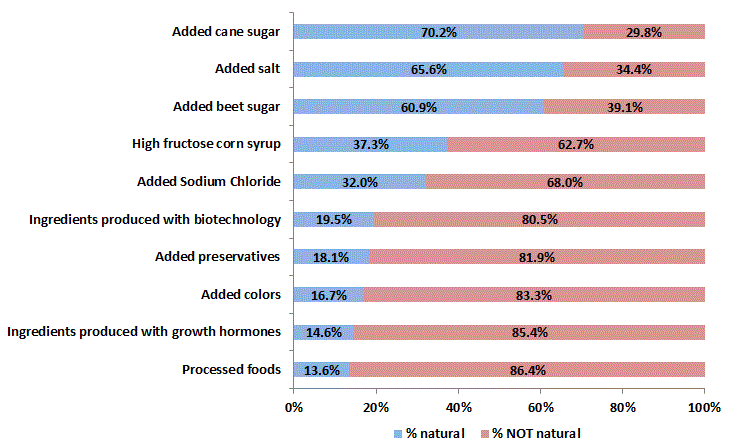In the September issue of Townhall magazine, I discuss the roots of the organic food movement and the misconceptions people often have about organic. Here's how I started the piece off:
What do Michelle Obama and Chuck Norris have in common?
There is probably an answer that would make a superb addition to the hilarious list of Chuck Norris jokes. The less humorous, bipartisan response is they both support the organic food movement. Norris recently wrote that we should “eat local and organic, period,” and, of course, Obama planted an organic garden at the White House.
At the risk of finding myself on the receiving end of one of Norris’ roundhouse kicks, I suggest prudence before rushing out to join Walker, Texas Ranger at Whole Foods.
I don’t have a problem with people eating organic food. My family often does so. What troubles me are bad arguments for buying organic.
The article goes on to ask the question:
If these folks are right, then exactly what political positions are endorsed when the grocery basket is piled high with organics?
Then, I get into some of the particular beliefs people have about organic that often don't match up with the facts. Here's one tidbit:
The best science suggests the vast majority of us have nothing to fear from food pesticides. But even if you remain fearful, I suggest focusing your angst (and your budget) on those foods where pesticide exposure is most acute: strawberries, apples, and the like. Paying a premium for organic gummy bears or organic corn flakes is surely one of the most foolish ways to try to cut cancer risks.

